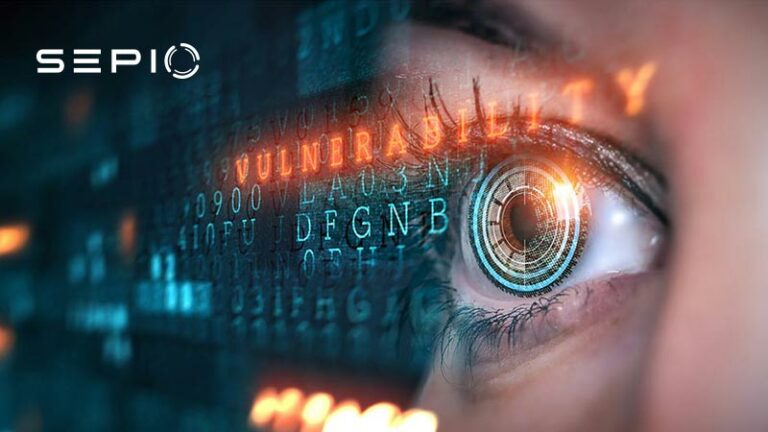In today’s interconnected world, Supply Chain Hardware Risks are a critical concern for organizations looking to protect their cybersecurity infrastructure. The complexity of modern supply chains introduces significant vulnerabilities, making it easier for malicious actors to exploit weaknesses at various points within the hardware supply chain. Without comprehensive management of Supply Chain Hardware Risks, organizations are exposed to threats such as malicious implants, counterfeit components, and hardware tampering, which can be introduced at any stage of the supply chain.
According to the GAO-18-667T, the reliance on a global supply chain introduces multiple risks to federal information systems. These risks include adversaries gaining control of systems or compromising the availability of essential materials required for system development, emphasizing the urgent need for robust Supply Chain Hardware Risks management.
What is Supply Chain Cybersecurity?
Supply Chain Cybersecurity focuses on managing risks related to external suppliers, vendors, logistics, and transportation throughout the lifecycle of information systems. Vulnerabilities within the supply chain can arise from a variety of sources, such as the unauthorized acquisition of components, improper testing of software updates, and insufficient knowledge about IT suppliers. Exploiting these vulnerabilities can severely impact the confidentiality, integrity, and availability of critical systems and sensitive data.
Various actors, ranging from individuals seeking financial gain to state-sponsored groups conducting cyber espionage, can target the supply chain. Regardless of the attacker’s motives, the risk to the organization’s hardware supply chain remains the same.
Supply Chain Hardware Risks and Hardware-Based Attacks
Supply Chain Hardware Risks are a critical concern in today’s interconnected and globalized world. When attackers target the supply chain, they usually (but not always) tamper with the hardware. Especially when some hardware components include built-in firmware. Throughout the supply chain, potential compromise of devices can occur, ultimately delivering a now rogue device to the end user. Ensuring a device’s integrity (i.e., that it is what it says it is) is not a simple task. Implants can be microscopic and can easily go unnoticed to the human eye, avoiding any suspicion as to the device’s true intentions.
These rogue devices often reside at the physical layer of the OSI model. Since security software solutions typically do not encompass layer one visibility, physical layer implants often evade detection. Similarly, spoofed peripherals are frequently misidentified as genuine HIDs due to physical layer manipulation, meaning they bypass security alarms.
As supply chains become increasingly complex, detecting attacks and identifying their origins becomes extremely difficult. For this reason, the supply chain is often seen as the “holy grail” for hardware-based attacks, providing malicious actors access to even the most secure entities.
Managing Supply Chain Hardware Risks
To mitigate Supply Chain Hardware Risks, organizations must implement comprehensive solutions that ensure visibility and security at every stage of the supply chain. By continuously monitoring all hardware assets within the supply chain, organizations can detect rogue devices, identify compromised hardware, and verify the integrity of devices before they are deployed. Without proper management of Supply Chain Hardware Risks, organizations risk overlooking critical threats introduced at the hardware level.
What is Physical Layer?
Traditional visibility tools rely on Layer 2 (MAC) and Layer 3 (TCP/IP) network data to discover and identify devices. This approach is problematic since devices without a digital presence, such as passive taps, unmanaged switches, MiTM attack tools, or spoofed devices, go undetected.
Instead of relying solely on traffic monitoring, leveraging physical layer (analog) information allows organizations to detect and identify devices for what they truly are. By monitoring data signals such as voltage, current, noise levels, and signal timing, this method ensures continuous, real-time visibility of all network and peripheral devices within the environment.
How Can Sepio Help With Supply Chain Cybersecurity
Consider this example: site A intends to send site B a hardware asset such as a switch, laptop, or even a simple keyboard. While the device is in site A, it is connected to Sepio’s Asset Risk Management (ARM), which probes and records its physical layer fingerprint vector and Bill-Of-Material (BOM). Upon reaching its destination, site B reconnects the asset to Sepio to verify that its physical layer fingerprint and BOM have not changed. This verification ensures the device’s integrity and mitigates the risk of supply chain tampering.
Conclusion
Securing the supply chain has always been, and will continue to be, a never-ending battle. It is up to organizations to make adversaries’ efforts as difficult as possible, forcing them to abandon their targets and seek alternatives.
Achieve complete visibility of all known and shadow assets. Prioritize and mitigate risks effectively.
Talk to an expert to learn how Sepio’s patented technology can enhance your supply chain hardware visibility and improve your overall supply chain cybersecurity strategy.






